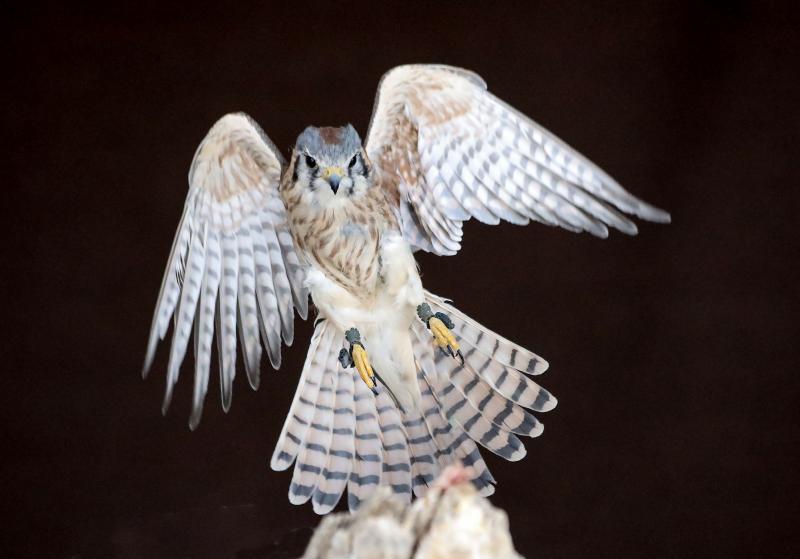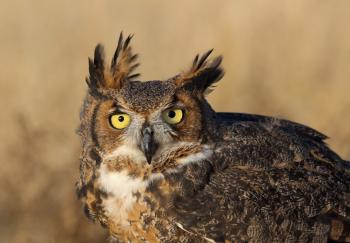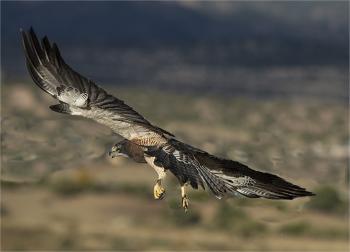Travelers’ Intercom USA
ITN is temporarily accepting brief write-ups about the US. Information on independent travel. cultural and traditional sites and sources of handmade crafts plus little-known natural wonders are welcome. Avoid touting commercial theme parks, casinos or highly publicized touristy sites.
Email editor@intltravelnews.com or write to Travelers’ Intercom USA, c/o ITN, 2116 28th St., Sacramento, CA 95818.
WPA GUIDES
Back in the 1990s, I was given a copy of the old WPA (Work Projects Administration) guide to my home state of Iowa. These guides were written during the 1930s and funded by the Federal Writers’ Project. One was done on each state as well as on Alaska and Puerto Rico.
It was fascinating reading. I learned a lot about the early history of my home state. In the back of the book were suggested itineraries, with descriptions of towns, cities and sights along the way. Of course, the roads it described in those days are now all back roads that are less traveled.
I decided to follow one of the itineraries on a trip home. I went from Davenport, Iowa, to Dubuque. It was terrific — small towns I had never seen and sights I never knew existed.
I visited old Indian mounds and a museum describing Native American life before the area was settled by Europeans. I learned that Antonín Dvorˇák spent a quiet summer in 1893 in the village of Spillville, where there is also the Bily Clocks Museum. Specialized smaller museums like this, memorializing local history, don’t receive as much publicity as huge museums.
I also saw Cedar Rock, a Frank Lloyd Wright home in Quasqueton. Several of Wright’s buildings are in Iowa, but this one was along my route.
I ended up following three itineraries back then from the Iowa guide, driving the “River Road,” as it is now called, along the Mississippi twice.
Since those days, when I’ve gone home to visit, I’ve driven to some of these small towns for lunch or a day trip. All the roads and towns mentioned in the guide are still there, though some attractions are not.
WPA guides are available from Amazon. They’re a bit pricey, but I saw some Kindle versions for less (though I don’t know whether they’re complete copies).*
SUZAN SCHAEFER
New York, NY
*Most WPA guides are available free as ebooks and/or PDFs from Internet Archive (archive.org), HathiTrust (www.hathitrust.org) and Google Books (books.google.com).
RAPTOR PHOTO SHOOT
After three trip cancellations in 2020, in October my husband, R.C., and I were finally able to take a trip to a unique event in the US: a raptor photo shoot in Florence, Colorado, jointly organized by Cheryl Opperman of Opperman Photographics, Inc. (Littleton, CO; cherylopperman.com), and Nature’s Educators (Sedalia, CO; www.natureseducators.org).
The latter is an organization that cares for raptors that cannot be reintroduced to the wild and uses them for educational purposes.
Choosing to participate just one of the three days of the event, we paid $495 per person, though the price could change in 2021, when it is scheduled for Oct. 9-11.
In our photo shoot group, there were five paying customers (due to COVID, the maximum was 10) plus Cheryl Opperman, an assistant and two people from Nature’s Educators handling the birds.
Cheryl is a noted bird photographer and a terrific in-the-field coach. She shared tips and offered guidance to make sure everyone got good photos. Devin Jaffe of Nature’s Educators taught us about raptor behavior and how to approach birds in the field without causing them to suffer anxiety or disruption.
The workshop was held with appropriate COVID protocols. The day started before sunrise and lasted until sunset, or about 12 hours at that time of year. Photography took place during the early and late hours (for good light). In between, we looked at our first sets of photos, made camera adjustments and discussed what did or did not turn out the way we wanted. After lunch, we had the lecture/discussion about raptor behavior.
One of my pictures is of a kestrel landing on a stump to retrieve a treat left there by a handler. I probably have 50 failures to go along with this well-focused shot. That’s the name of the game when shooting birds in motion — rapid fire and hope one is good.
This workshop was definitely a delightful and worthwhile experience.
DONNA PYLE
Boulder, CO



